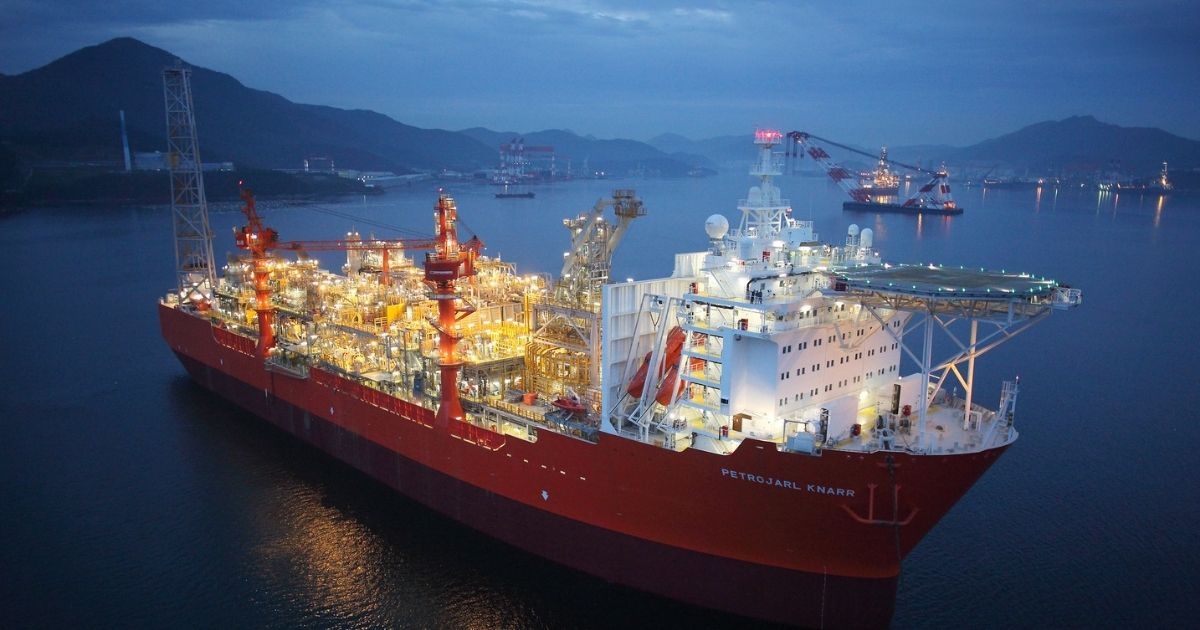DNV and Altera Infrastructure Pilot New ABATE Notation to Reduce GHG Emissions on Offshore Installations

Classification society DNV has introduced the new ABATE class notation, designed to assist the owners and operators of offshore floating installations to identify and implement measures to reduce greenhouse gas (GHG) emissions.
Altera Infrastructure is the first FPSO owner to pilot the DNV notation on the Petrojarl Knarr FPSO, with successful results so far.
The International Maritime Organization (IMO) is setting clear and ambitious goals for the decarbonization of the shipping industry. As yet offshore installations are not covered by similar international requirements. But as stakeholder pressure builds, the industry is eager to investigate how they can improve the sustainability of their installations. With the launch of its ABATE notation, DNV is helping the industry take an important step in this direction.
“The ABATE notation aims to help offshore owners reduce GHG emissions on their installations by creating engagement and commitment on this issue, from both the owners and their management systems, through setting clear targets today, assessing progress, while also being able to adjust plans to incorporate future technologies,” said Geir Fuglerud, Director of Offshore Classification at DNV Maritime. “We want to offer the industry practical solutions for reducing emissions, which is why it has been so helpful to work with an engaged and pro-active owner like Altera on this pilot to identify areas of improvement.”
The ABATE notation provides a structured approach to identify and assess the implementation of abatement measures, based on the design and operation of individual installations, to enable measurable reductions in an installation’s GHG emissions. Primarily developed to cover offshore oil and gas installations, the general principles can be also applied to other floating offshore installations.
“Our vision is to lead the industry to a sustainable future so being the first FPSO in the world to pilot DNV’s innovative ABATE notation is an important step for Altera and in line with our vision. Reducing emissions in a traditional industry like ours is challenging, but also very rewarding, and I am confident we are on the right path,” says Chris Brett, President Altera Production at Altera Infrastructure.
ABATE is a voluntary and modular notation, comprising a management aspect and a number of qualifiers that address different areas of application for abatement measures. The qualifiers are as follows, depending on the type of installation:
- (P): Power generation. Power generation on offshore installations normally represents the greatest source of emissions.
- (F): Flaring. Measures are available to reduce emissions even though the flare must be maintained for emergency situations.
- (Pr): Leakages and venting of methane. In hydrocarbon processing systems this can be a significant source of emissions.
- (S): Storage tanks venting. For installations which store hydrocarbons, venting from storage tanks is a source of emissions.
- (CC): Carbon capture. Capture of CO2 in flue gases and their subsequent safe disposal and storage is a means of preventing GHG entering the atmosphere.

